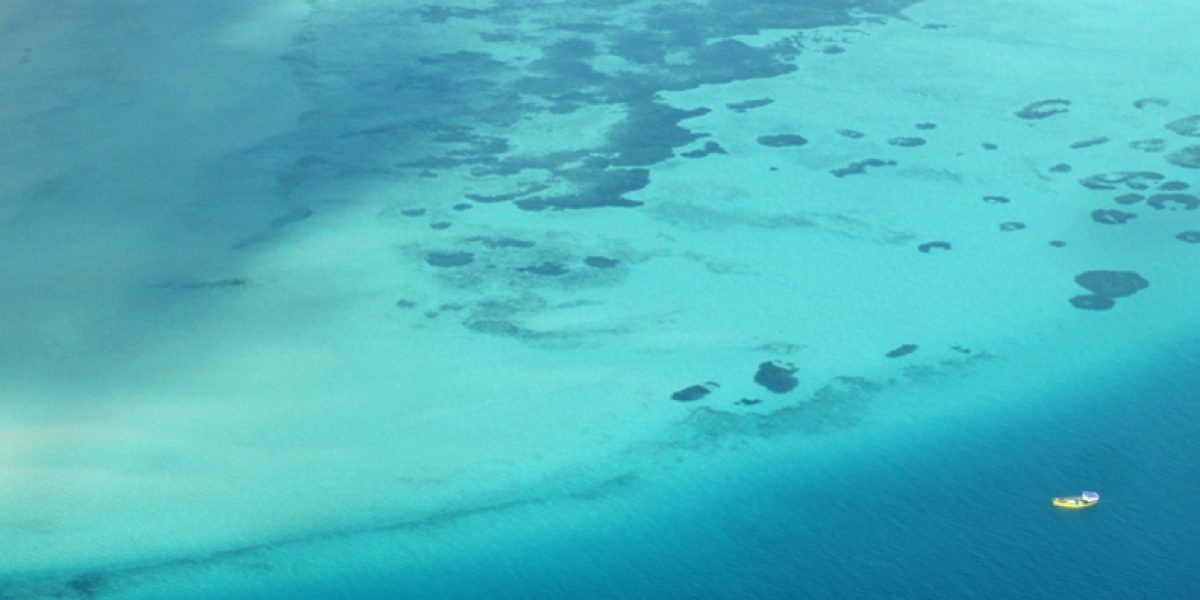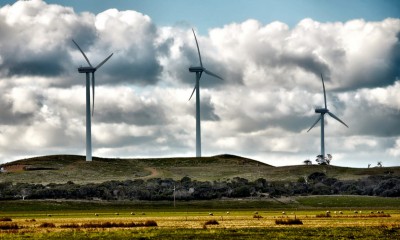This is a crucial opportunity to assess progress and develop shared strategies for the implementation of the Agenda 2030 Sustainable Development Goal 14 ‘to conserve and sustainably use the oceans, seas and marine resources for sustainable development’. Exactly what falls within the bounds of ‘sustainable use’ will no doubt be central to many of the debates in New York, as well as subsequent engagements on the Blue Economy, particularly as many nations increasingly see an expansion of maritime industries as an important driver of economic growth. The enticing potential to advance maritime industries (ranging from the relatively familiar such as shipping and marine aquaculture, to new opportunities such as seabed mining and the exploitation of marine genetic resources) must be weighed against our growing awareness of the fragility of marine ecosystems and the threats that they face as a result of human activities, including pollution, climate change and overfishing.
In October this year South Africa will take up its position as Chair of the Indian Ocean Rim Association (IORA), a 21-member regional organisation which includes nine African states as well as regional powers such as India, Indonesia and Australia. IORA considers the Blue Economy as the top priority for generating employment and ensuring sustainability in the region. As incoming Chair, South Africa will have an opportunity to share insights from its own Blue Economy programme, Operation Phakisa, as well as promote regional responses to opportunities and challenges in the maritime domain. Yet South Africa is by no means the only African state with lessons to share; Mauritius, Seychelles, Kenya and a number of other states are taking steps to explore the development opportunities and address the sustainability concerns related to the oceans. These efforts also speak to broader regional Blue Economy frameworks, including the African Union’s 2050 Africa’s Integrated Maritime Strategy, as well as the Charter on Maritime Security, Safety and Development in Africa, adopted in October 2016 in Lomé, Togo.
It’s a common adage in the fisheries governance domain that fish know no borders, thereby necessitating multilateral cooperation to protect stocks. However, the interconnectedness of marine ecosystems go far beyond the movement of fish – pollution flows from our cities and farms into the sea, appearing in the deepest ocean trenches and forming massive gyres of microplastic debris, while climate change is leading to warmer, more acidic and stormier oceans. Illegal and unregulated fishing practices, such as dynamite fishing, also cause irreversible damage. These are ecosystem-level challenges that require regional and global responses.
The delivery of ecosystem services – the market and non-market natural services provided to us by nature – is inextricably linked with the sustainability of key industries within the Blue Economy. Therefore, at its core, the Blue Economy approach is premised on the sustainable use, management and conservation of aquatic and marine ecosystems and associated resources. Unless the environment is carefully explored and monitored, the potential benefits of an ocean-based economy will be diminished. This requires a toolbox of integrative, adaptive and participatory processes. Existing and new strategies need to bring together multiple ocean users at various levels to make informed decisions about how to use marine resources sustainably and equitably. These anticipatory tools need to be quickly adopted and implemented to better support national and regional visions towards a truly sustainable Blue Economy. This includes integrated, area-based, spatial planning frameworks such as coastal and marine spatial planning (CMSP) and integrated coastal management (ICM), which allow for areas of importance to be prioritised for their ecosystem service functions and their benefits to community livelihoods. It brings to the fore the importance of ecosystem-based management, which recognises the full range of social, ecological and economic interactions within an ecosystem rather than focusing on individual uses and species. This also consists of designating and expanding effective marine protected areas (MPAs) and other priority areas for conservation, as well as including community-based models for sustainable management.
As African countries gear for a sustainable oceans economy, there is an urgent need for effective tools to ensure the resilience of coastal and marine biodiversity, to regulate sustainable resource use and to protect the livelihoods of millions of people. Collaborative partnerships around the conservation and sustainable management of marine resources can also significantly contribute to meeting national development targets, the AU’s Agenda 2063, the commitments set out in the Agenda 2030 Sustainable Development Goals and the Aichi targets of the UN’s Convention on Biological Diversity.
Africa’s marine conservation agenda cannot be seen as separate from its development agenda, as healthy marine ecosystems effectively underpin the long-term development of any ocean economy.
Related SAIIA pieces:
- Integrated Marine and Coastal Management in the Western Indian Ocean: Towards a Sustainable Oceans Economy, SAIIA Occasional Paper 258, May 2017
- Safeguarding Tanzania’s Coral Reefs: The Case of Illegal Blast Fishing, SAIIA Policy Insights No 46, May 2017.
- France in the Indian Ocean: A Geopolitical Perspective and its Implications for Africa, SAIIA Policy Insights No 42, March 2017.
- Oil and Fisheries in Ghana: Prospects for a Socio-ecological Compact, SAIIA Occasional Paper No 239, September 2016.
- To the Ends of the Earth: Antarctica, the Antarctic Treaty and South Africa, SAIIA Research Report No 23, March 2016.
- Aligning Africa’s Maritime Ambitions with Broader Indian Ocean Regionalism, SAIIA Policy Insights No 25, September 2015.
- Promoting the Integrated Governance of South Africa’s Coastal Zone, SAIIA Occasional Paper 218, June 2015.
- Achieving an Inclusive Blue Economy for Small-scale Fishers: Recommendations to the South African Parliament, SAIIA Policy Briefing No 128, February 2015
- Balancing Development and Coastal Conservation: Mangroves in Mozambique, SAIIA Report No 14, November 2013.







